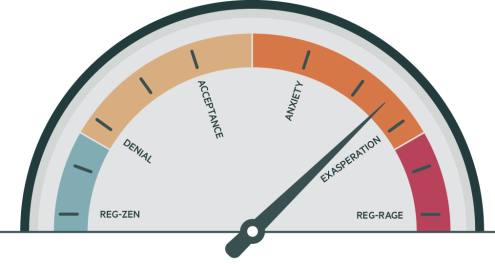For many years, the US Volcker Rule was the poster-child of structural reform in the banking sector. Though it was never originally intended for inclusion in the 2010 Dodd-Frank Act, an endorsement from president Barack Obama and other senior figures saw it added as a late-stage amendment, creating furious debate over whether it was appropriate, or even feasible.
In theory, prohibiting banks from engaging in ‘proprietary trading’ – that is, trades designed solely to turn a profit for the bank, rather than hedge risk or offer liquidity to clients – with depositors’ money sounds simple. As it turned out, the stricture dropped regulators and banks into a rule-making minefield.






